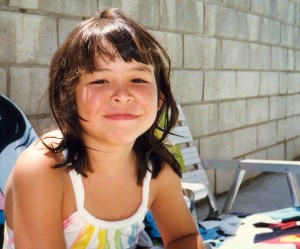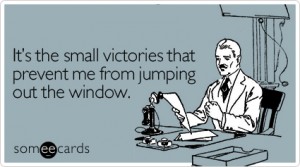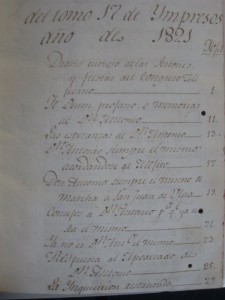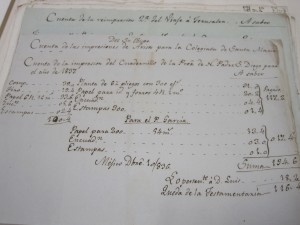
I really love this picture of me when I was little. Al says that it’s amazing how I still make the same expression. Yes, the expression is recognizable, but I think the underlying attitude might be different. In some circles, with close friends and family, you might see that same smirk that reveals an underlying self-assuradness. Even in undergrad, in some art history or film classes, a close observer might notice that I honestly felt that I knew what I was talking about. While I still retain some semblance of confidence in my work for student government or Kaya Press, what may only show during seminars, conferences, and other interactions with art historians is a glimmer of uncertainty, a tinge of self-doubt, a lack of confidence.
Yes, confidence. The big “C” in my life right now. It takes a lot of confidence to write a book review for publication, to defend a dissertation prospectus, to presents a paper at a conference. Heck, it takes a lot of confidence to even approach speakers after a talk or even make an appointment with an artist. I used to be more confident and felt like I knew everything about art history. But then something happened. There was a major shift after an event I’d rather not disclose. Since that moment, it’s been an uphill battle to recover my confidence. I’m definitely getting better. I can now open my email without the rush of heart palpitations, can attend an art history event without worry.
And though these last few years since the unnamed event have been rough, in retrospect, I think that every scholar gets shaken up in some way or another. Either your beloved manuscript gets rejected, or maybe you have to settle for a NTT position for a while. Maybe you just fail completely at being an academic and switch to another career that’s actually more enjoyable and rewarding. If that’s the worst that can happen, then it’s really not that terrible. I still believe that failure is an integral part of success, and that the biggest mistake you can make is not trying at all.
So, with that, I return to reading a very complicated book by Walter Mignolo, not sure whether I totally understand his theories of modernity/coloniality, but willing to try at the very least.




